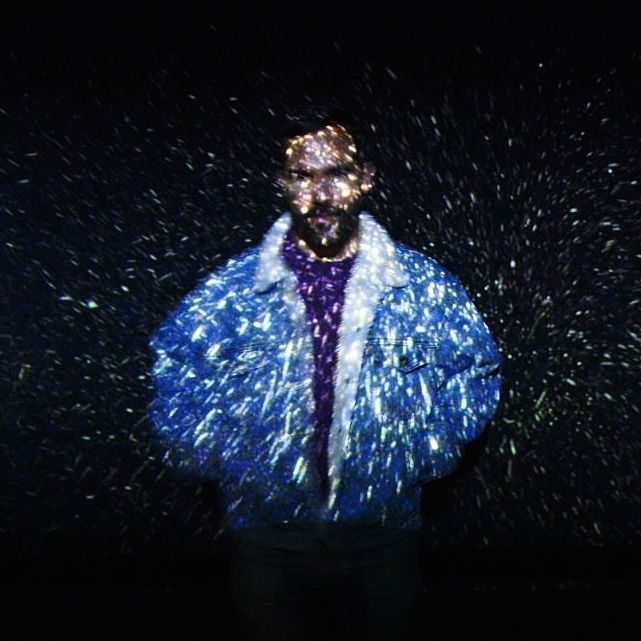PHOTOS & SPANISH VERSION BELOW
Searching for the ideal of beauty in all its artistic manifestations or for an oasis to feel safe from hostility, artists, writers, architects, filmmakers, designers, historians and intellectuals, in general, had historically made of Florence their home. In just one hour, it is possible to discover all the places where some of the most outstanding writers of recent times lived.
Between 1920-1921, in piazza della Stazione 2 resided Percy Bysshe Shelley and his wife, Mary Wollstonecraft Shelley. Here he wrote Ode to the West Wind and part of Prometheus Unbound. One of Minerva Hotel´s (piazza Santa Maria Novella 16) first guests was the American poet Longfellow, who stayed here while working on the translation of Dante´s Divine Comedy.
A few steps away, in via del Giglio 11 (Palazzo dei Gaddi) sojourned the English poet John Milton between 1638 and 1639, while studying the classics. Carlo Collodi, the creator of Pinocchio, lived in via dei Rondinelli 7 (Palazzo Ginori) during the last years of his life.
Former Hotel Londres et Suisse (via de’ Tornabuoni 13) hosted George Eliot, pseudonym of the English writer Mary Ann Evans. During her different stays (1960, 1962 and 1963) she wrote Romola, a novel set in the Quattrocento, whilst Hotel du Nord, now Palazzo Bartolini Salimbeni(piazza Santa Trinita 1), accommodated Herman Melville in 1857. Ludovico Ariosto and Giovan Pietro Vieusseux stayed at Palazzo Buondelmonti (piazza Santa Trinita 2).
Founded in 1896, the Caffè Letterario Le Giubbe Rosse (piazza della Repubblica 13/14r) was from 1912 a meeting point for leading members of artistic avant-garde movement Futurism. After WWI, the place became a referential place for writers and poets, like Eugenio Montale, Umberto Saba, Carlo Emilio Gadda, Elio Vittorini, Salvatore Quasimodo, Dino Campana, Carlo Bo, Mario Luzi, Oreste Macri, Tommaso Landolfi, Alfonso Gatto, Vasco Pratolini, Alessandro Parronchi and Pietro Bigongiari.
The «official» Dante´s Museum-House (via Santa Margherita 1) is not really where Dante Alighieri was born, although his birthplace it is just a few steps away. Dante´s Museum-House is devoted to one of the best Italian authors and has a permanent exhibition dedicated to the poet and the life in Florence of his time. In San Martino al Vescovo, a nearby church, it is believed that Dante married Gemma Donati.
Not far away, in via dei Magazzini 1 was born Vasco Pratolini, one of the authors who better captured the Florentine daily life. The tour concludes in Oltrarno, in Casa Guidi (piazza San Felice 8), the Tuscan home of British poets Elizabeth Barrett and Robert Browning during most of their lives.
Recorrido literario por Florencia
Artistas, escritores, arquitectos, cineastas, diseñadores, historiadores, intelectuales… han convertido Florencia en su hogar, en busca del ideal de belleza en todas sus manifestaciones artísticas o simplemente de un refugio en el que sentirse a salvo de cualquier hostilidad. En poco menos de una hora, es posible descubrir en Florencia dónde habitaron algunos de los escritores sobresalientes de los últimos tiempos. ¿Quién no ha fantaseado alguna vez con la idea de una vida ilustre que quedara registrada en una placa conmemorativa clavada en la fachada de la que hubiera sido su casa?
En piazza della Stazione 2, vivieron entre 1920-1921 Percy Bysshe Shelley y su mujer, Mary Wollstonecraft Shelley. Aquí él escribió Ode to the West Wind y parte de Prometheus Unbound. Uno de los primeros huéspedes del Hotel Minerva (piazza Santa Maria Novella 16) fue el poeta americano Longfellow, que se alojó en él mientras trabajaba en la traducción de La Divina Comedia.
A pocos pasos de este edificio, en via del Giglio 11 (Palazzo dei Gaddi), habitó el poeta inglés John Milton (1638-1639) mientras estudiaba a los clásicos. Carlo Collodi, creador de Pinocho, residió en via dei Rondinelli 7 (Palazzo Ginori) los últimos años de su vida.
En via de’ Tornabuoni 13 (en lo que en aquel entonces fue el Hotel Londres et Suisse) se hospedó George Eliot, pseudónimo de la escritora inglesa Mary Ann Evans. Durante sus distintas estancias (1960, 1962 y 1963) escribió Romola, novela ambientada en el Quattrocento. Por el Palazzo Buondelmonti (piazza Santa Trinita 2) pasaron Ludovico Ariosto y Giovan Pietro Vieusseux, mientras que en el Palazzo Bartolini Salimbeni (piazza Santa Trinita 1; en aquel momento, el Hotel du Nord) se alojó en 1857 Herman Melville.
El Caffè Letterario Le Giubbe Rosse (piazza della Repubblica 13/14r), fundado en 1896, fue desde 1912 punto de encuentro de los miembros destacados del Futurismo, para convertirse después de la Primera Guerra Mundial en lugar de referencia de escritores y poetas. Entre ellos, Eugenio Montale, Umberto Saba, Carlo Emilio Gadda, Elio Vittorini, Salvatore Quasimodo, Dino Campana, Carlo Bo, Mario Luzi, Oreste Macrì, Tommaso Landolfi, Alfonso Gatto, Vasco Pratolini, Alessandro Parronchi y Pietro Bigongiari.
La Casa de Dante «oficial» (via Santa Margherita 1) no fue en realidad donde nació uno de los autores indiscutibles de las letras italianas, aunque el lugar original de su nacimiento se encuentra a pocos pasos de aquí. Este espacio alberga una exposición dedicada al poeta y a la vida de Florencia en los tiempos de Dante Alighieri. En la iglesia cercana, San Martino al Vescovo, se cree que fue donde Dante se casó con Gemma Donati.
No muy lejos, en via dei Magazzini 1, nació en 1913 Vasco Pratolini, uno de los autores florentinos que mejor ha sabido plasmar en papel la cotidianidad local. El recorrido concluye en Casa Guidi, piazza San Felice 8, ya en Oltrarno, el hogar florentino de los poetas británicos Elizabeth Barrett y Robert Browning durante la mayor parte de su vida.

























Nice way to package up a different type of walk around Florence. Thanks for this. On the list.